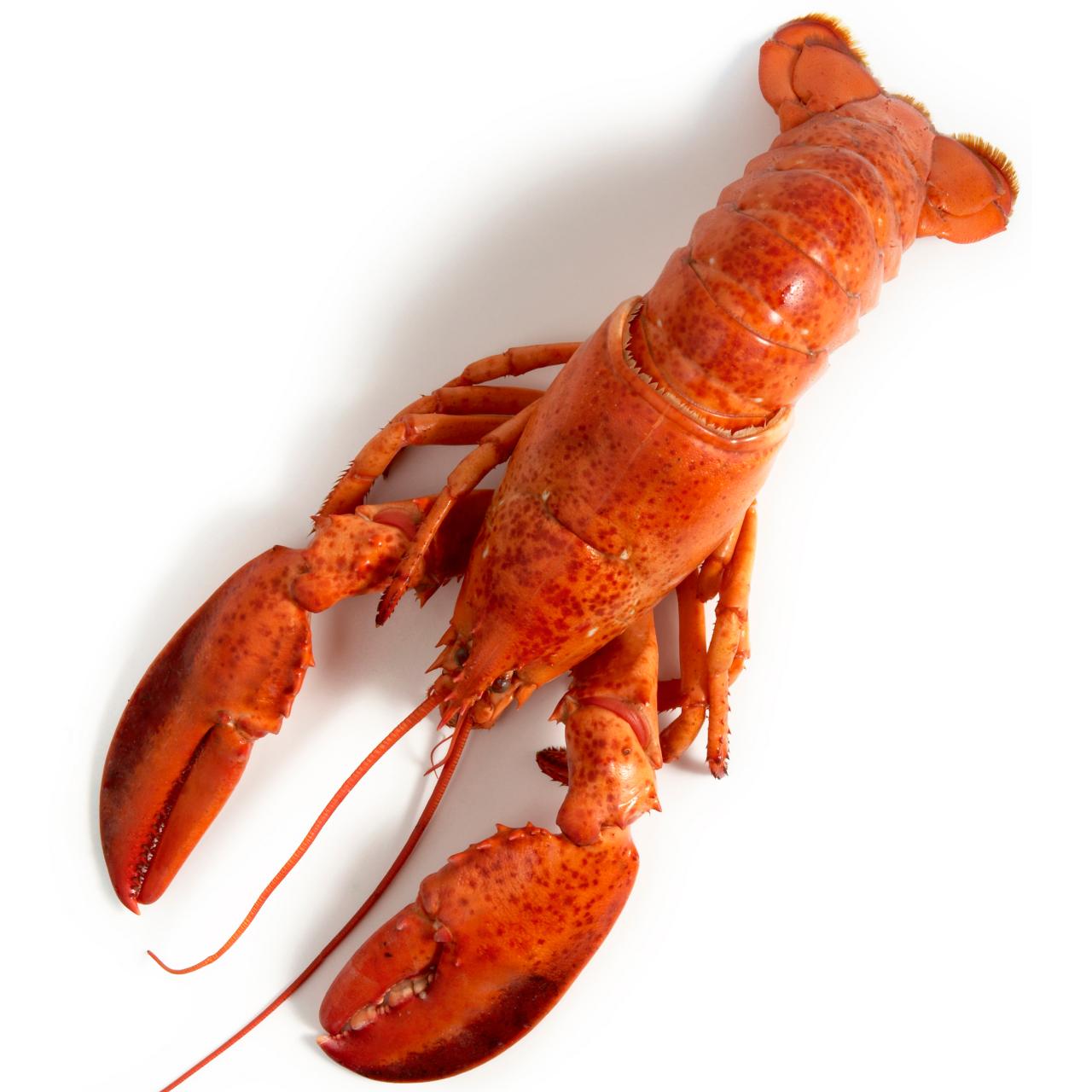

Articles
How To Store Live Lobster Before Cooking
Modified: February 26, 2024
Learn how to properly store live lobster before cooking with our helpful articles. Keep your lobster fresh and delicious until you're ready to prepare it.
(Many of the links in this article redirect to a specific reviewed product. Your purchase of these products through affiliate links helps to generate commission for Storables.com, at no extra cost. Learn more)
Introduction
When it comes to preparing a delicious lobster feast, ensuring that your live lobster is stored properly before cooking is crucial. Live lobsters are delicate creatures that require specific conditions to remain healthy and fresh before they are prepared. By following the right steps and providing the appropriate environment, you can maintain the quality and flavor of your live lobsters.
In this article, we will guide you through the process of storing live lobster before cooking. We’ll cover everything from choosing and purchasing live lobsters to setting up the storage container and monitoring the conditions. So, let’s dive in and discover the best practices for storing live lobster!
Key Takeaways:
- Ensure the freshness of live lobsters by choosing reputable suppliers, inspecting for activity and shell condition, and transporting them in a moist container for optimal storage conditions.
- Create an ideal storage environment for live lobsters by setting up a well-ventilated container with moisture, maintaining cool temperatures, and monitoring their well-being to ensure a delightful dining experience.
Read more: How To Store Lobster Before Cooking
Choosing and Purchasing Live Lobster
When it comes to selecting live lobsters for your meal, freshness is key. Here are some tips to help you choose and purchase the best live lobsters:
- Source: Look for reputable seafood markets or suppliers that have a good track record of providing fresh, high-quality lobsters. Local fish markets are often a great option, as they often have direct access to the freshest catch.
- Size: Consider the size of the lobsters you need based on your recipe and the number of servings. Smaller lobsters are typically more tender, while larger ones may offer more meat.
- Activity: Look for active lobsters that are moving around in the tank. Lethargic or sluggish lobsters may indicate poor health or be less fresh.
- Shell condition: Check the shell of the lobster for any cracks or damage. A healthy lobster should have a hard shell with a glossy appearance.
- Gender: Female lobsters tend to have a larger tail, while males often have larger claws. Both male and female lobsters have delicious meat, so this choice comes down to personal preference.
Once you have chosen your live lobsters, it is essential to transport them home in the right conditions. If purchasing from a local vendor, ask them to pack the lobsters in a moist container or provide a wet towel to maintain their moisture and prevent dehydration.
Preparing for Storage
Before storing live lobsters, it is important to properly prepare them for the process. Follow these steps to ensure that your lobsters are in the best condition for storage:
- Inspect for freshness: Take a close look at each lobster to make sure they are alive and healthy. Check for any signs of damage or illness, such as missing limbs or discolored spots. Only store lobsters that appear to be in good condition.
- Remove bands: If the lobsters have rubber bands around their claws, remove them before storage. This allows the lobsters to move more freely and reduces the risk of injury.
- Clean the lobsters: Gently rinse the lobsters with cool water to remove any dirt or debris. Avoid using any soap or chemicals, as these can be harmful to the lobsters.
- Keep them cool: Lobsters are cold-water creatures and thrive in cooler temperatures. Place the lobsters in a cool environment, such as a refrigerator set between 35-40 degrees Fahrenheit.
- Moisture is key: Lobsters require moisture to stay alive and fresh. Place a damp cloth or paper towel over the lobsters to maintain a humid environment. This will help prevent the lobsters from drying out.
It is important to note that live lobsters should not be stored in fresh water or ice, as this can suffocate them or cause the meat to become waterlogged.
By following these preparation steps, you can ensure that your lobsters are ready to be stored in optimal conditions for the duration before cooking.
Setting up the Storage Container
Choosing the right storage container for your live lobsters is crucial to maintain their health and freshness. Here’s how to set up the ideal storage environment for your lobsters:
- Container selection: Select a container that is large enough to accommodate your lobsters comfortably. It should provide enough space for the lobsters to move around without overcrowding. A plastic or stainless-steel container with a lid is recommended.
- Aquarium setup: If you are using an aquarium or a similar container, ensure that it is suitable for keeping lobsters. Make sure there are no sharp edges or small openings that the lobsters could get stuck in.
- Air circulation: Lobsters require a well-ventilated environment. Ensure that the container has proper air circulation by drilling small holes on the lid or the sides of the container.
- Layer of seaweed or damp cloth: Place a layer of damp seaweed or a wet cloth at the bottom of the container. This helps to create a humid environment and provides moisture for the lobsters.
- Temperature control: Maintain a cool temperature between 35-40 degrees Fahrenheit in the storage container. You can use frozen gel packs or ice packs placed underneath the seaweed or cloth to help regulate the temperature.
- Avoid direct contact with ice: While it is important to maintain cool temperatures, direct contact with ice can harm the lobsters. Ensure that the lobsters are not touching the ice packs or submerged in melted ice.
Remember, the goal is to provide a comfortable and suitable environment that mimics the lobster’s natural habitat.
By setting up the storage container correctly, you can ensure that your lobsters remain healthy and in optimal condition until it’s time to cook them.
Store live lobster in the refrigerator on a bed of damp seaweed or paper towels, covered with a damp cloth. Keep them in an open container to allow for air circulation. Do not store them in airtight plastic bags or containers.
Storing the Live Lobster
Now that you have prepared the storage container, it’s time to properly store your live lobsters to maintain their freshness and vitality. Follow these steps to store your lobsters effectively:
- Place the lobsters in the container: Gently transfer the live lobsters into the prepared storage container. Make sure they have enough space to move around comfortably without overcrowding. Avoid stacking lobsters on top of each other to prevent injury.
- Arrange the lobsters correctly: Position the lobsters with their backs facing up, and their claws facing downward. This helps to minimize the risk of injury or aggression between lobsters.
- Secure the lid: Seal the container with the lid or cover, ensuring that it is tightly closed. This helps to maintain the proper temperature and humidity levels inside the container.
- Avoid excessive handling: Minimize unnecessary handling of the lobsters to reduce stress and potential harm. Handling should be kept to a minimum to maintain their overall health and well-being.
It is important to note that live lobsters are perishable and should not be stored for extended periods. Ideally, lobsters should be cooked and consumed within 24-48 hours of purchase for the best flavor and quality.
By following these steps, you can ensure that your live lobsters are stored in an optimal environment, preserving their freshness and ensuring they remain in prime condition for cooking.
Read more: How To Store Lobsters Before Cooking
Monitoring and Maintaining Proper Conditions
Once the live lobsters are stored, it is essential to monitor and maintain the proper conditions to ensure their well-being and freshness. Here’s how you can effectively monitor and maintain the storage conditions:
- Temperature control: Regularly check the temperature inside the storage container to ensure it remains between 35-40 degrees Fahrenheit. Use a thermometer to accurately monitor the temperature and make any necessary adjustments.
- Humidity level: Check the moisture level inside the container regularly. If the seaweed or cloth at the bottom of the container is drying out, sprinkle some water to maintain the necessary humidity. This will prevent the lobsters from becoming dehydrated.
- Inspect for signs of distress: Regularly examine the lobsters for signs of stress or illness. Look out for any lethargic behavior, discoloration, or unusual odors. If you notice any concerning signs, it may indicate that the lobsters are not in optimal condition.
- Avoid direct sunlight: Store the container in a cool, dark place away from direct sunlight. Excessive heat or sunlight can quickly raise the temperature inside the container, potentially harming the lobsters.
- Check for contaminated water: If you find any accumulated water inside the container, make sure to remove it promptly. Stagnant water can lead to bacterial growth, which can be harmful to the lobsters.
Regular monitoring and maintenance are crucial to ensure that the lobsters remain healthy and in the best condition for cooking. If at any point you notice significant changes or concerns with the lobsters, it is best to consult a seafood expert or cook them immediately to avoid any risk.
By actively monitoring and maintaining the proper storage conditions, you can ensure that your live lobsters stay fresh and ready for a delicious and enjoyable culinary experience.
Tips for Handling Live Lobster
Handling live lobsters can be a delicate process, and it’s important to take proper precautions to ensure your safety and the well-being of the lobsters. Here are some essential tips for handling live lobster:
- Keep calm and confident: Approach the lobsters with confidence but remain calm. Sudden movements or loud noises can startle them, leading to potential injury.
- Use protective gear: It’s advisable to wear protective gloves to avoid getting pinched by the lobsters’ sharp claws. The gloves also provide a better grip for handling.
- Grasp the lobsters securely: When handling the lobsters, firmly hold them behind their claws, grasping them near the base of the body. This ensures a secure grip and minimizes the risk of getting pinched.
- Avoid the tail flip: When handling the lobsters, be cautious of the tail flip, as lobsters can whip their tails quickly. Keep a firm hold on the body while avoiding the tail area to prevent injury.
- Move slowly and gently: Handle the lobsters with slow and gentle movements to avoid causing stress or harm. Rough handling can lead to injury or distress for the lobsters.
- Separate aggressive lobsters: If you notice any aggressive behavior among the lobsters, separate them immediately to prevent fighting or injuries. Place them in separate containers to ensure their safety.
- Avoid overhandling: Minimize unnecessary handling of the lobsters, as excessive handling can cause them stress. Handle them only when necessary, such as during cleaning or preparation for cooking.
- Follow proper cooking procedures: When it’s time to cook the lobsters, follow the appropriate cooking procedures to ensure a safe and delicious meal. Consult reliable recipes or seafood cooking guides for the recommended cooking times and techniques.
Remember, handling live lobsters requires careful attention and respect for these magnificent creatures. By following these tips, you can handle live lobsters with confidence and care, ensuring a smooth cooking process and a delightful dining experience.
Conclusion
Storing live lobsters properly before cooking is essential to maintain their freshness and ensure a delicious dining experience. By following the steps outlined in this article, you can ensure that your live lobsters remain healthy and in prime condition.
From choosing and purchasing live lobsters to setting up the storage container, each step plays a crucial role in maintaining the lobsters’ well-being. Preparing the lobsters for storage and monitoring the storage conditions is key to preserving their flavor and quality.
Remember to handle live lobsters with care, using protective gear and gentle movements to prevent injury to yourself and the lobsters. By following the tips provided, you can handle live lobsters confidently and minimize stress for these fascinating creatures.
Lastly, always cook and consume live lobsters within a reasonable timeframe to enjoy their optimal taste and texture. Freshness is key when it comes to seafood, and live lobsters are no exception.
By incorporating these practices into your lobster preparation, you can ensure a memorable culinary experience with delectable, perfectly cooked lobsters. Whether it’s a special occasion or a simple seafood feast, the effort you put into storing live lobsters will be rewarded with a scrumptious meal that will leave your taste buds satisfied.
Frequently Asked Questions about How To Store Live Lobster Before Cooking
Was this page helpful?
At Storables.com, we guarantee accurate and reliable information. Our content, validated by Expert Board Contributors, is crafted following stringent Editorial Policies. We're committed to providing you with well-researched, expert-backed insights for all your informational needs.
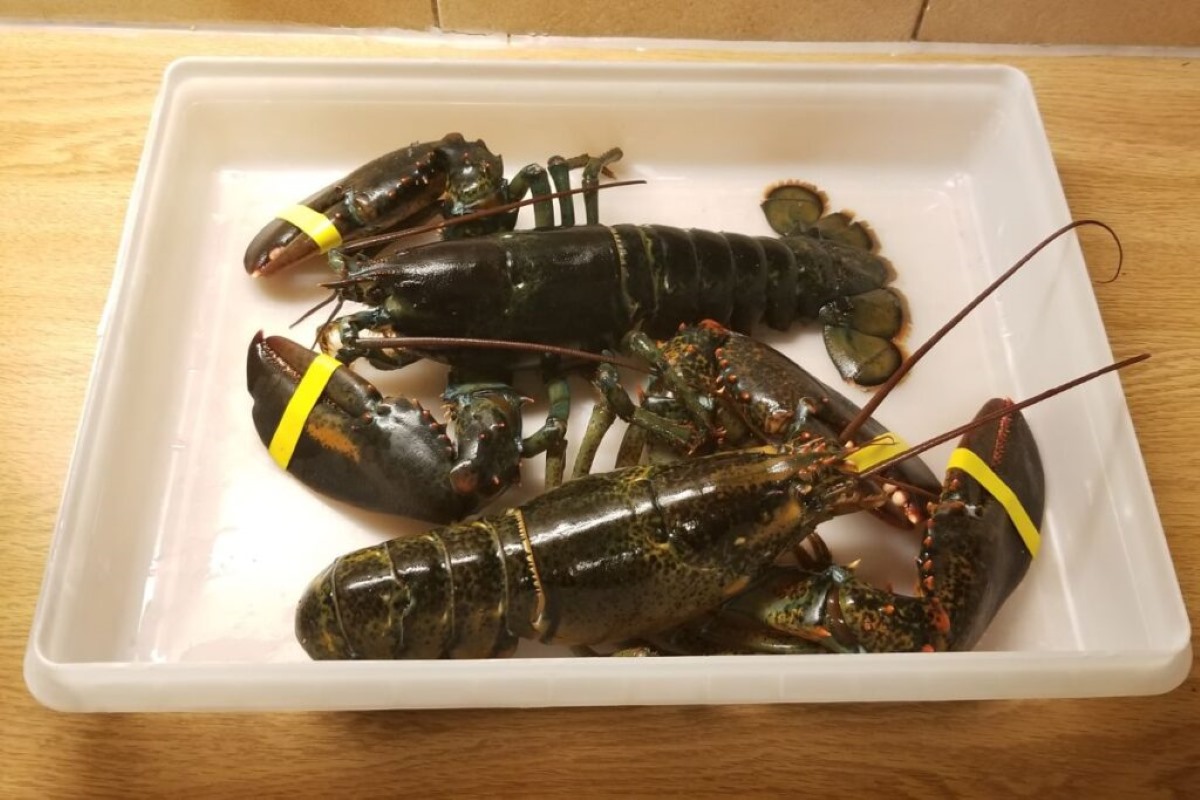
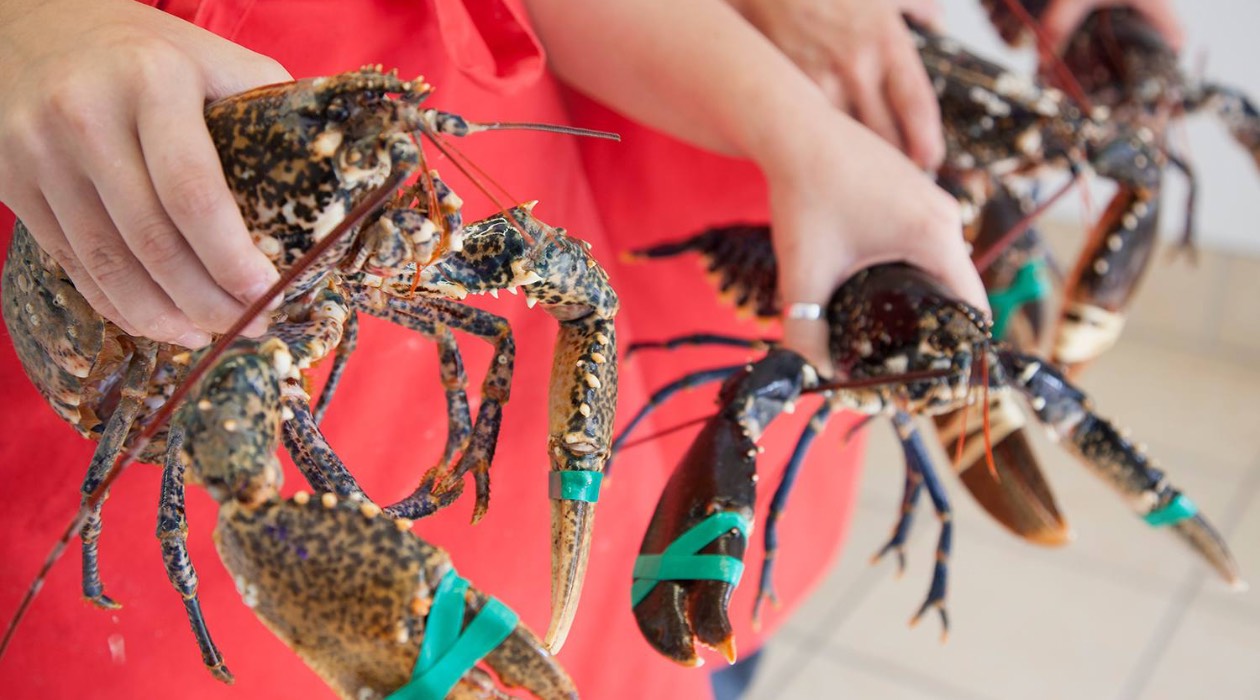
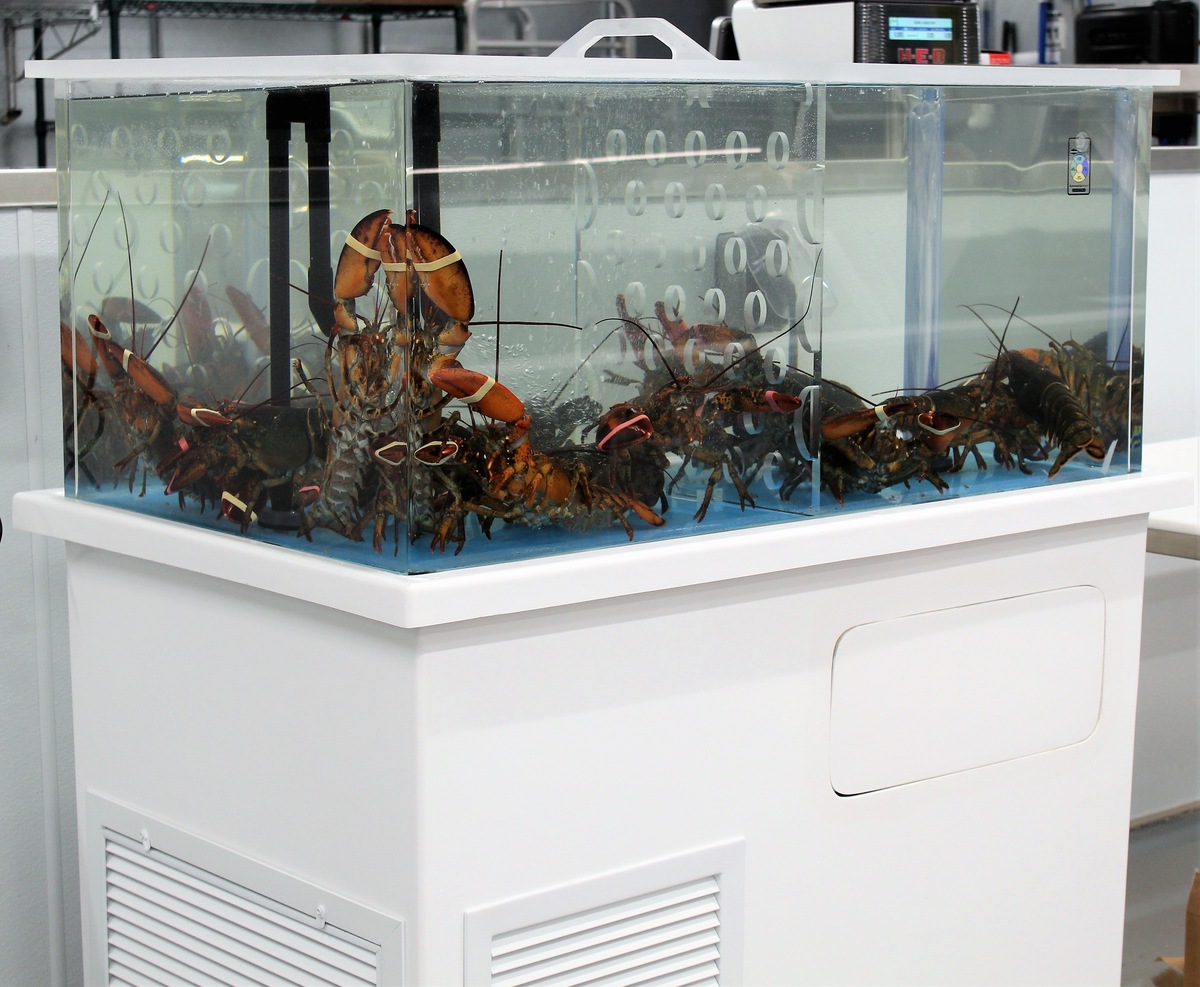
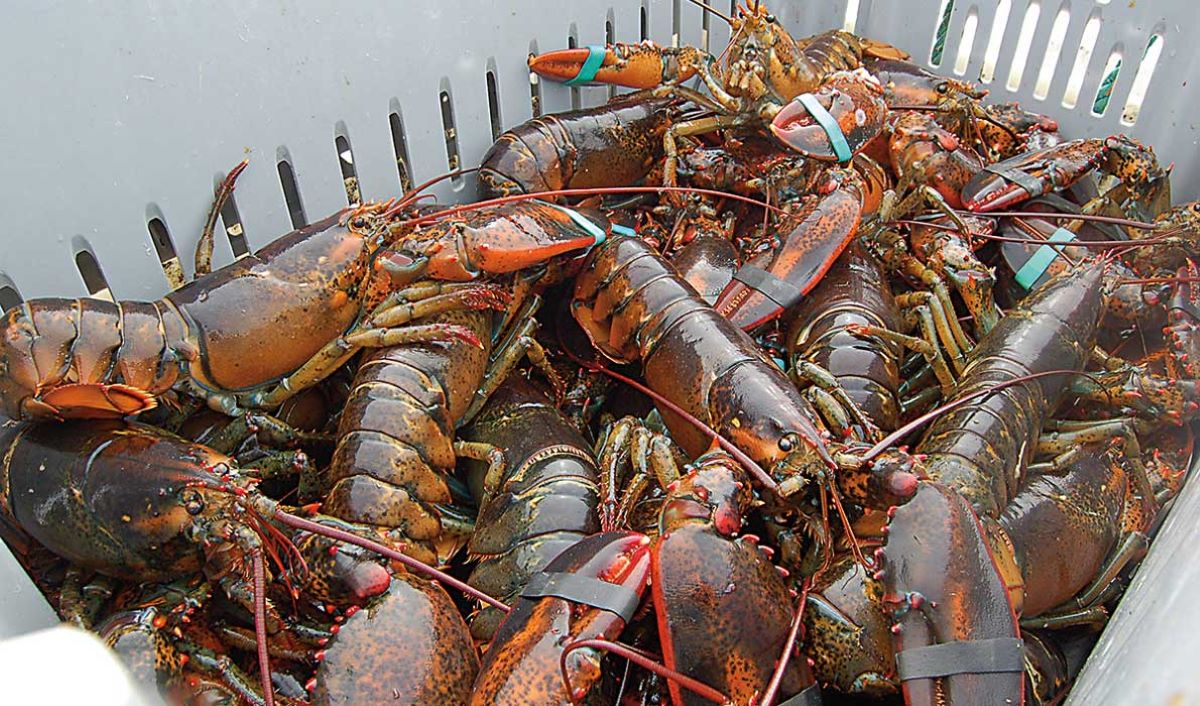
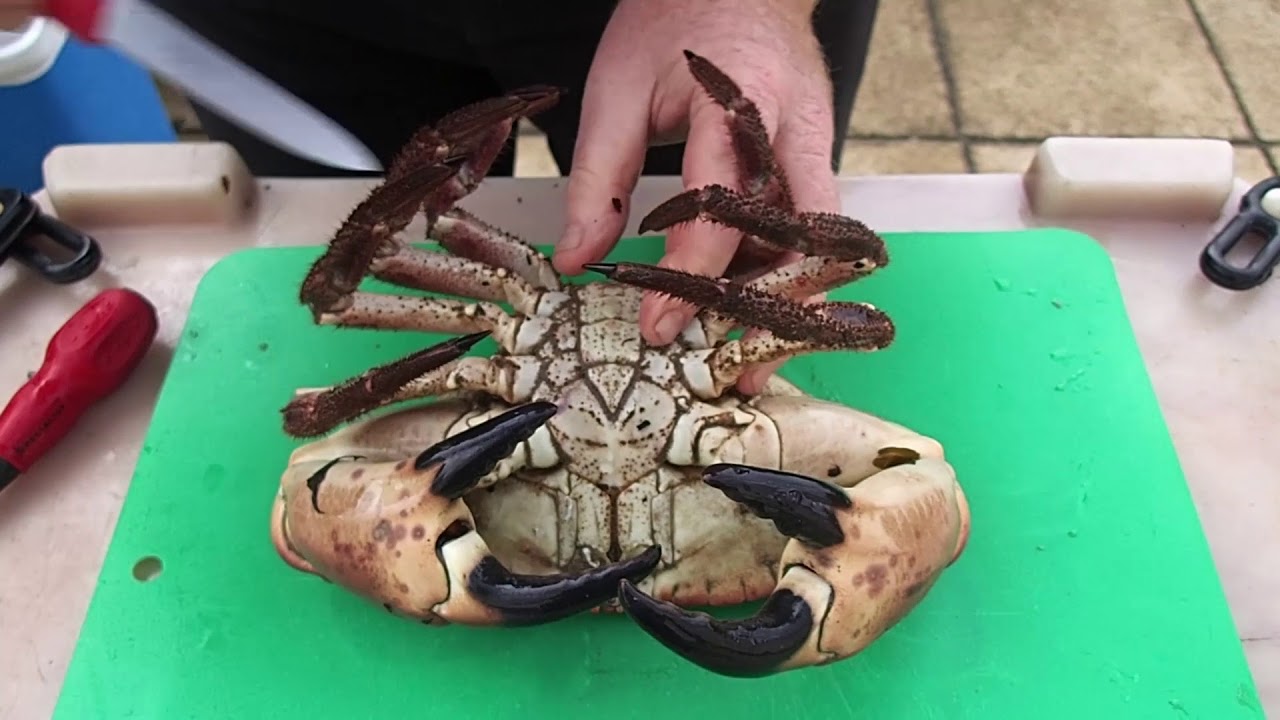
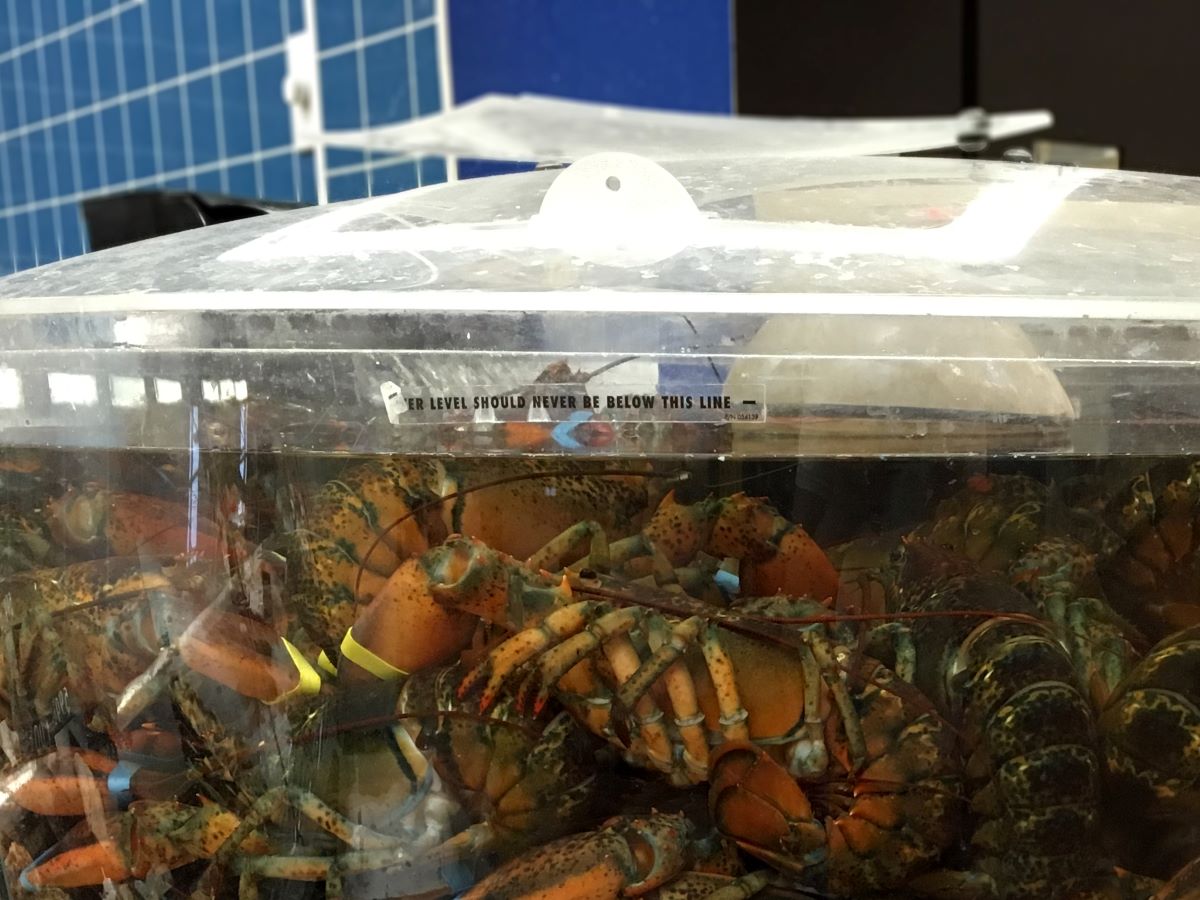
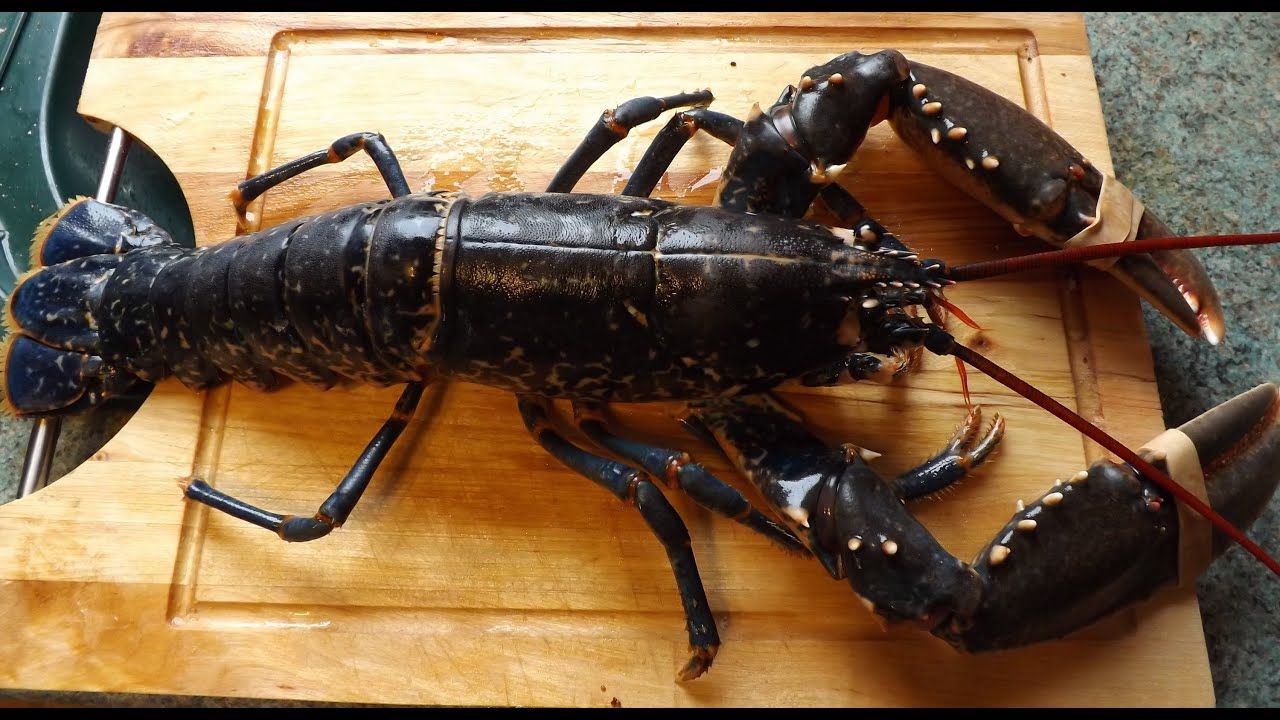
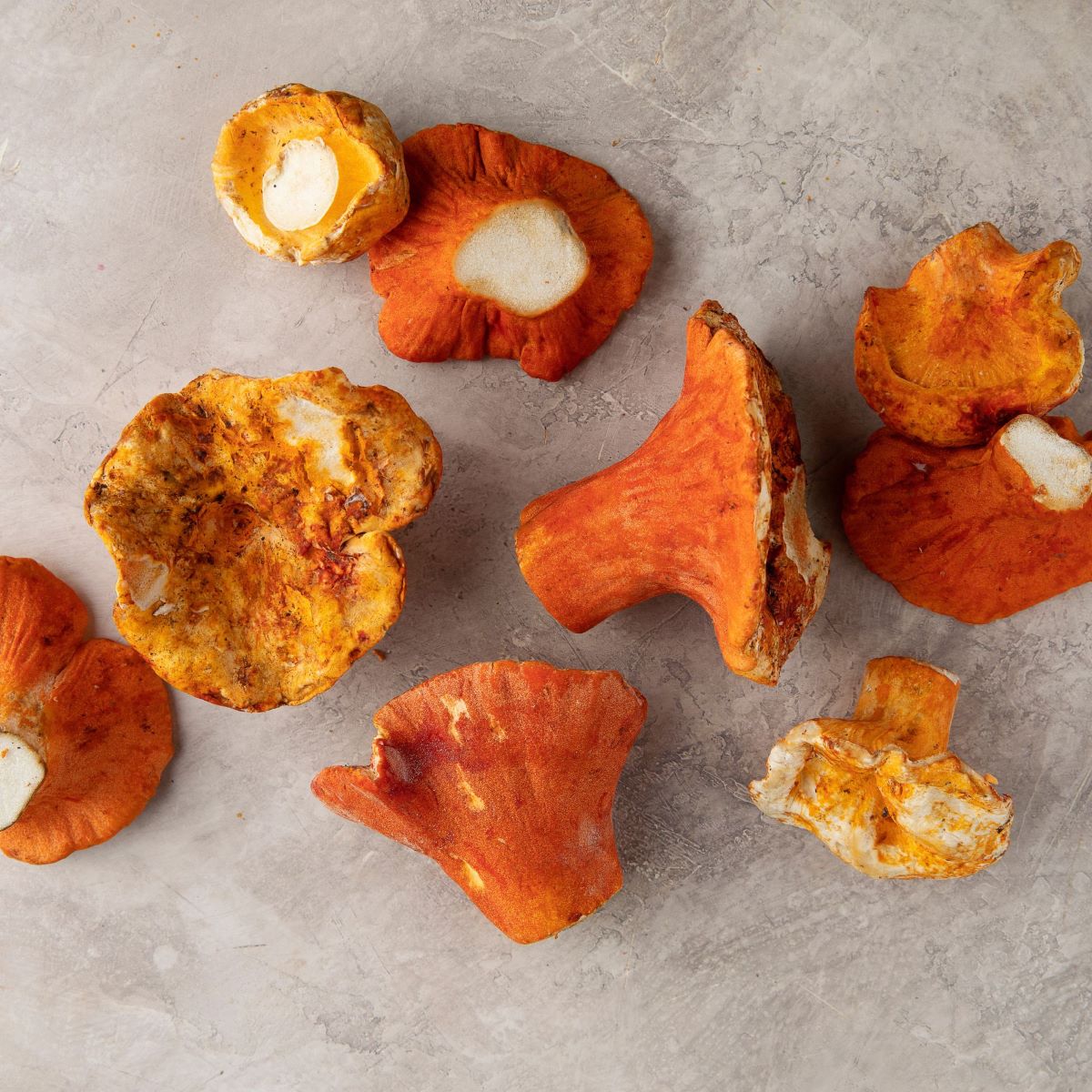


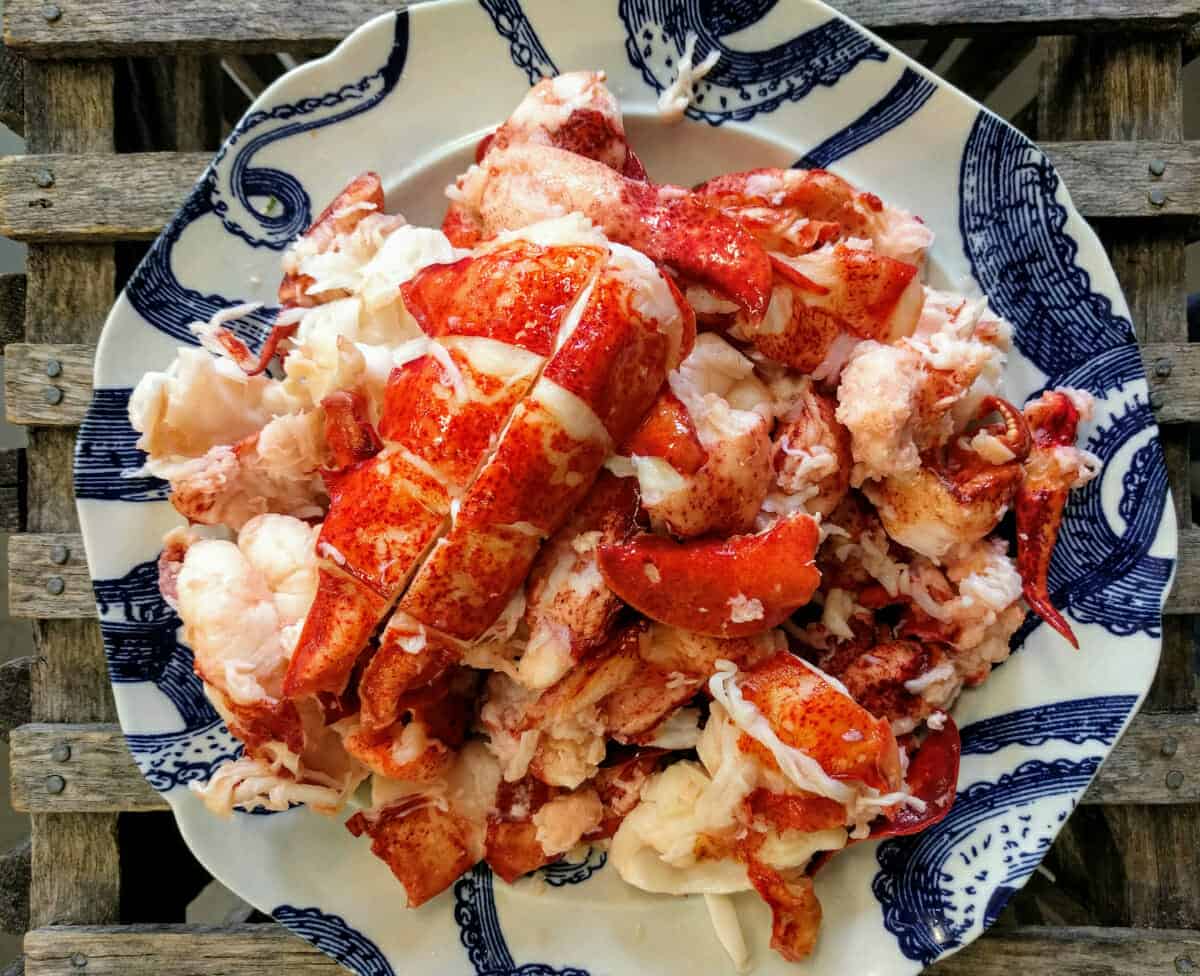
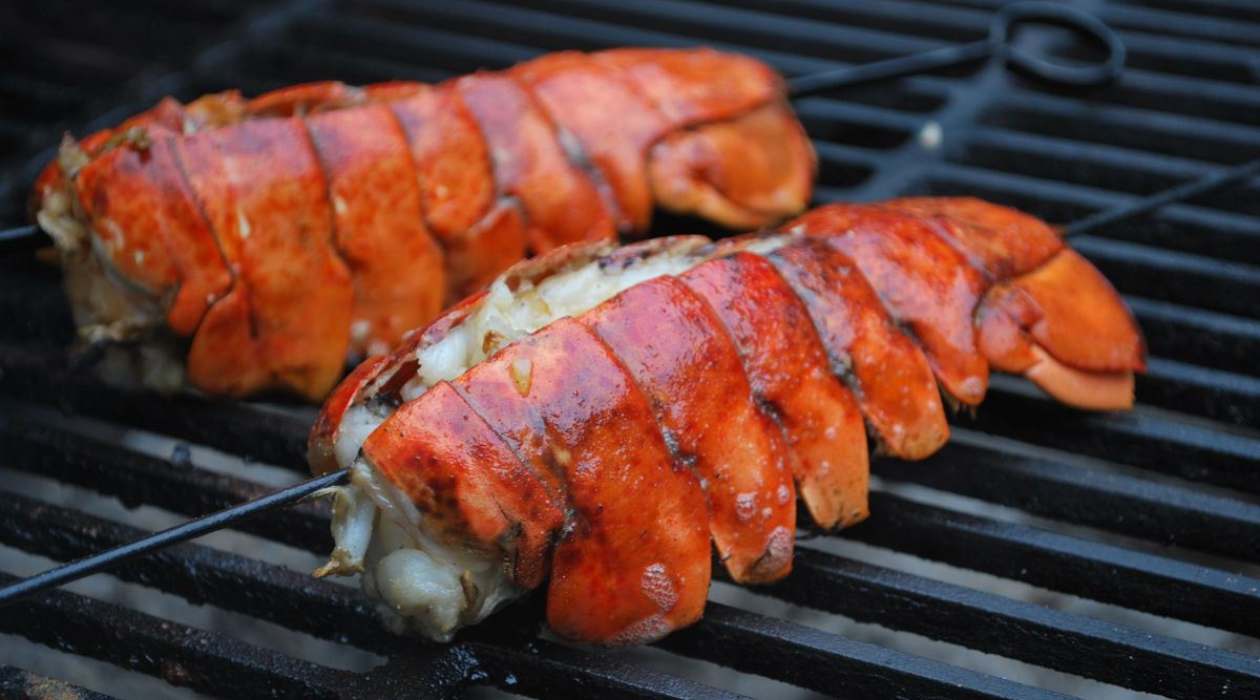
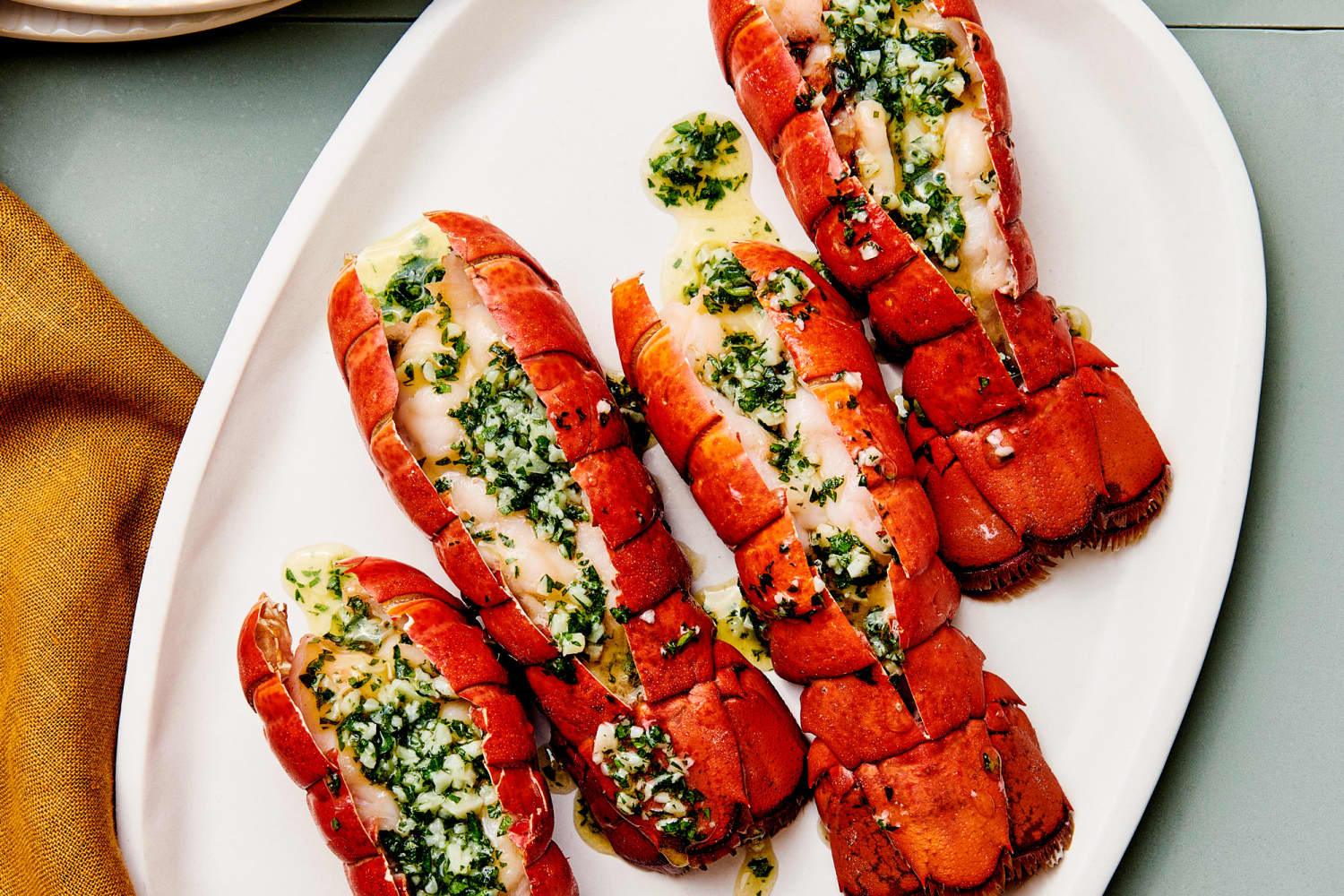
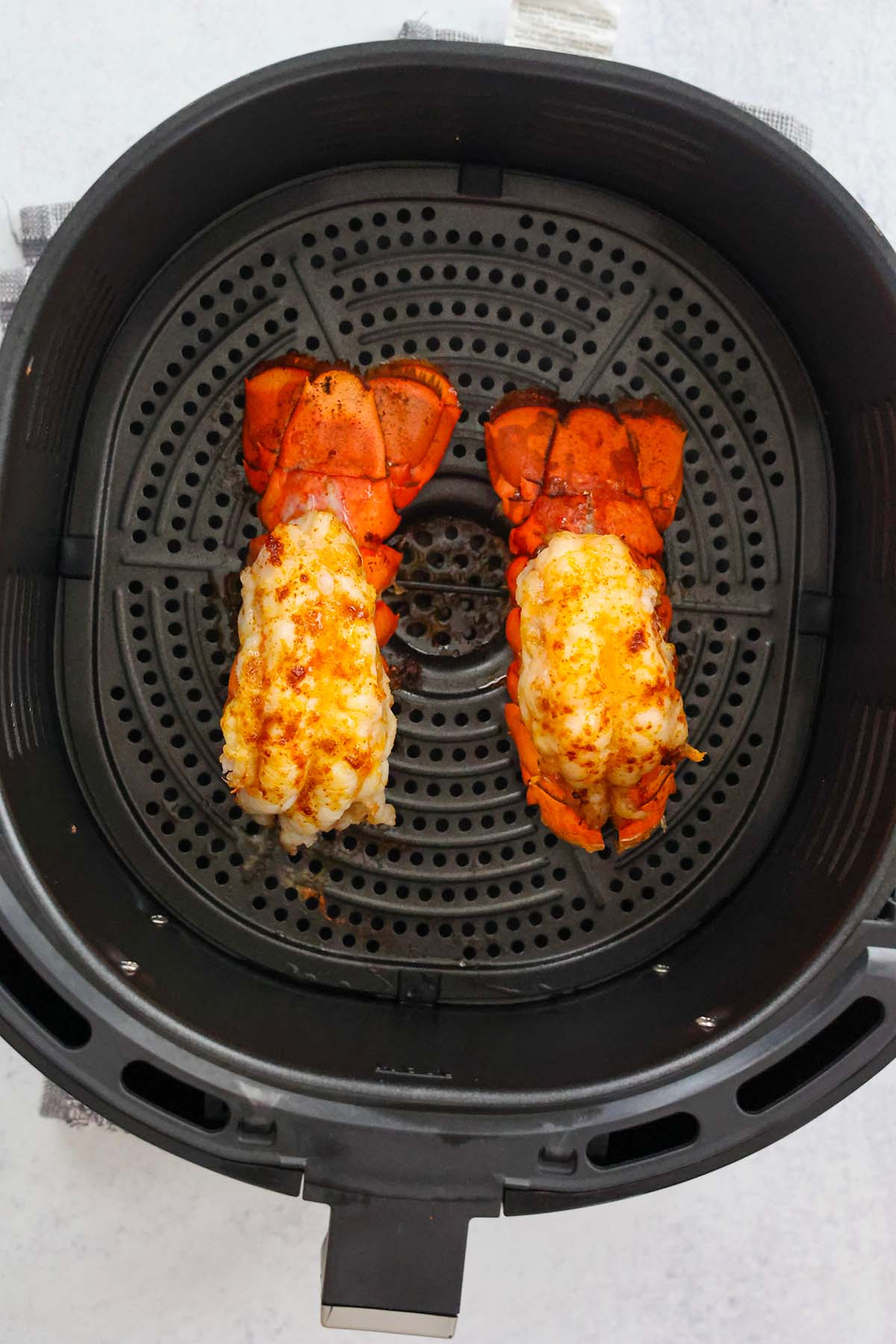

0 thoughts on “How To Store Live Lobster Before Cooking”